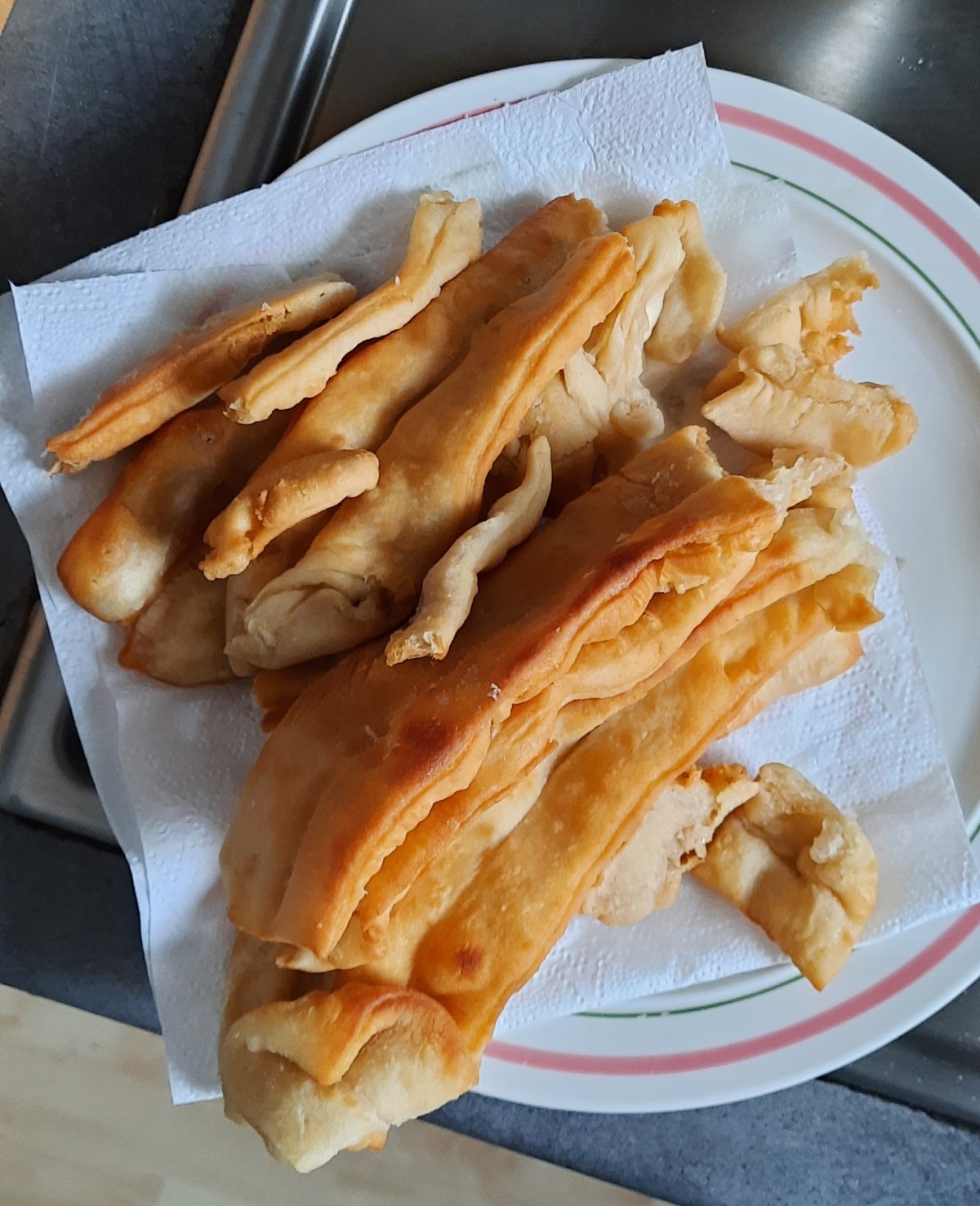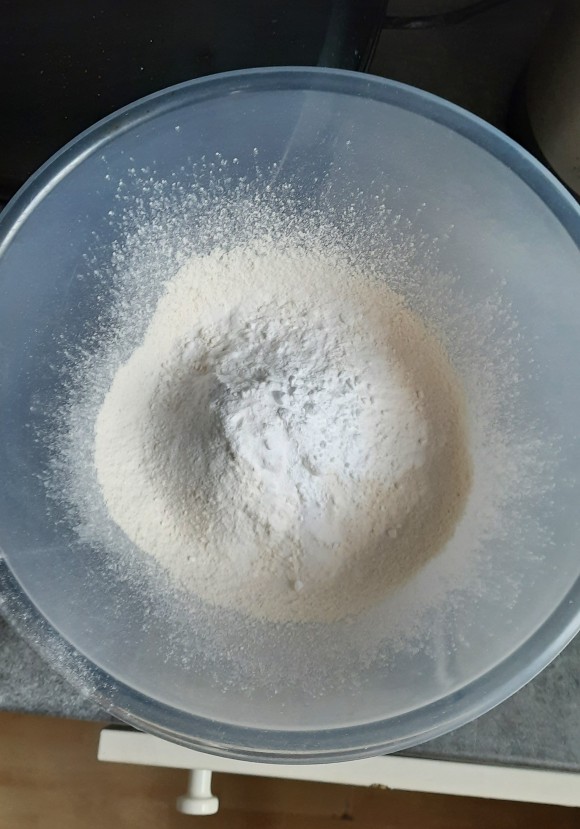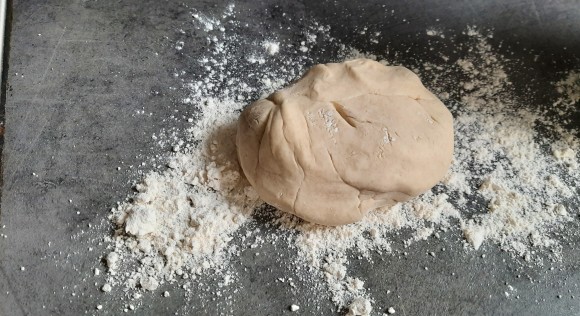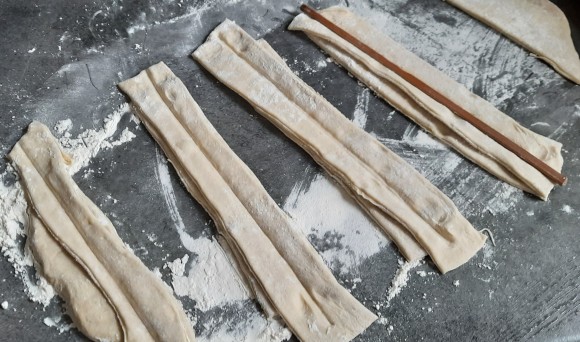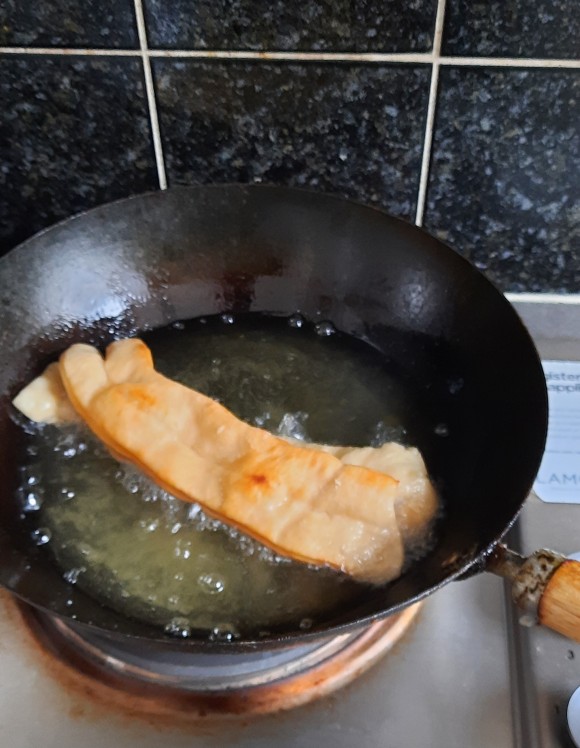The first time my uncle took my grandmother and me out for Vietnamese, it was at a restaurant called Phở Hòa, tucked away in a shopping center, around the corner from the Kmart where we sometimes would go shopping. As my uncle no doubt expected, we loved the soft rice noodles set in the deeply flavorful but subtly infused broth of the phở. But it was the dish of raw accompaniments that sealed the deal. My grandmother was impressed by the heap of bean sprouts and lemon wedges—even before she had finished the first serving, she asked for extra. For me, it was the fresh basil leaves, which tasted like nothing I’d ever had before. I’d more or less grown up on Chinese food, whether home-cooked by my grandmother or family friends, or at restaurants, interrupted only by occasional doses of “American” fast food, the odd school cafeteria meal (soggy pasta and iceberg lettuce with industrial Italian dressing—yay!), and—when my family was feeling splurgey—trips to the all-you-can-eat Japanese buffet restaurant. In other words, fresh herbs had not been part of my food vocabulary, and the tingle on my tongue from the basil felt like, suddenly, a whole other sensory dimension opening up. I became obsessed with phở, and for the next decade or so, Vietnamese restaurants in general, became my default preferred dining destination.
It was also the beginning of what’s become a habit, even an obsession, with eating—and, sometimes, cooking—as a way of understanding more about a place. This enthusiasm was encouraged by my having grown up in the San Gabriel Valley, a suburb of Los Angeles that has come to be famous for its excellent Chinese restaurants, but which is far more diverse than that fact would suggest, with sizeable Latinx, Korean, and Southeast Asian communities to support a plethora of excellent restaurants. It’s maybe for this reason that whereas some find comfort in the flavors and tastes that remind them of family cooking, the immigrant me feels most at home wherever I am amidst the cooking of other immigrants, whether it was the blessedly plentiful Korean, Mexican, and Thai eateries of both Northern and Southern California, the rows of Persian and Ethiopian restaurants in LA, or the mix of Senegalese, Vietnamese, and Lao and Thai places in Paris. About a decade ago, I began photographing meals in earnest as a way to remember them by, but even some of the earlier, undocumented ones remain surprisingly fresh in my mind, which in the last year or so, during various lockdowns and family health crises, has revealed itself to be a veritable a memory palace hosting the occasional feast or banquet, but mainly humbler meals that speak of diasporic communities.
~John Tain

All images courtesy of John Tain.
John Tain is Head of Research at Asia Art Archive, where he leads a team based in Hong Kong, New Delhi, and Shanghai. He has organized several exhibitions, among them Yasuhiro Ishimoto: Someday, Chicago (2018), “Out of Turn” at the Serendipity Arts Festival in Goa (2018) and “Women Make Art History” and “The Body Collective” during Art Basel Hong Kong (2018, 2019), and most recently, Crafting Communities (2020), which looks at the confluence of feminism, crafts, and social practice in the biennial series of Womanifesto events organized in Thailand from 1997 to 2008. In 2019-20, he co-convened MAHASSA (Modern Art Histories in and across Africa, and South and Southeast Asia, 2019-2020), a collaboration with the Dhaka Art Summit and the Institute for Comparative Modernities at Cornell University. His writings have appeared in publications such as Artforum, Flash Art, and Art Review Asia, and he is an editor for the Exhibition Histories series with Afterall and CCS Bard, the latest volume of which is Uncooperative Contemporaries: Art Exhibitions in Shanghai in 2000. He was previously a curator for modern and contemporary collections at the Getty Research Institute in Los Angeles.









